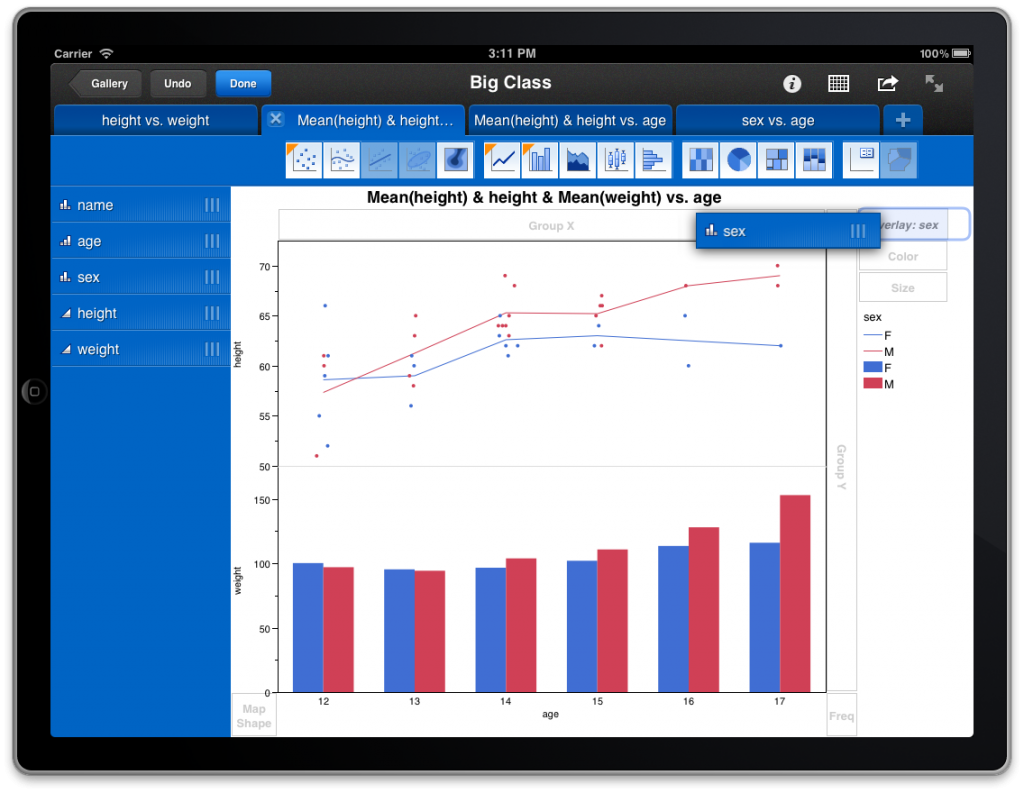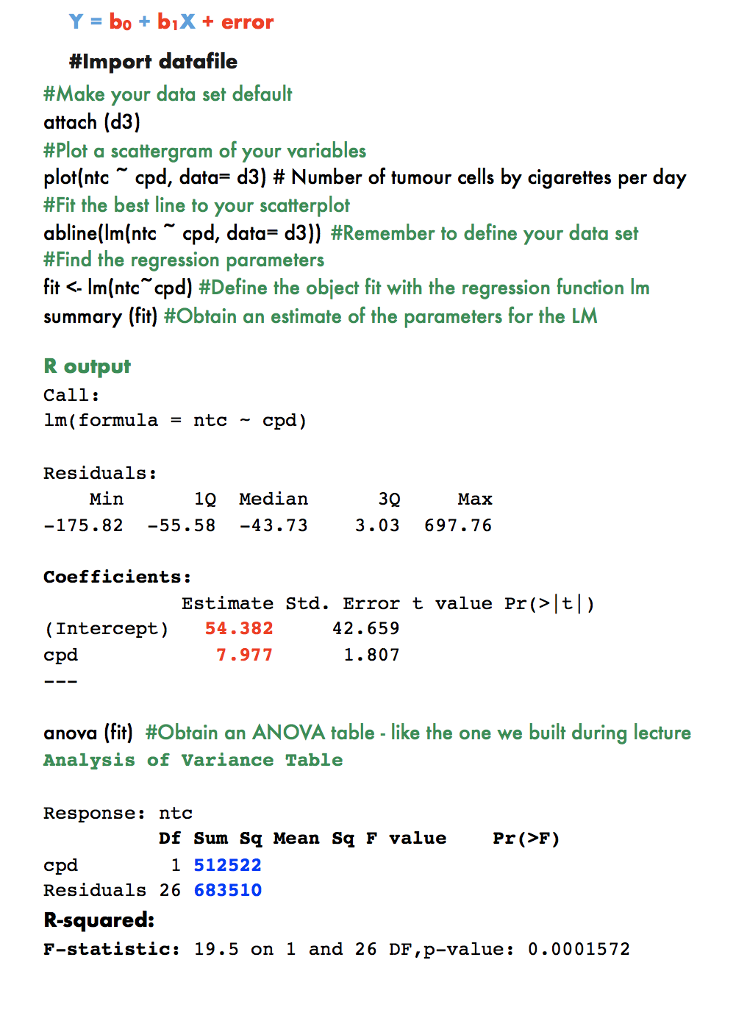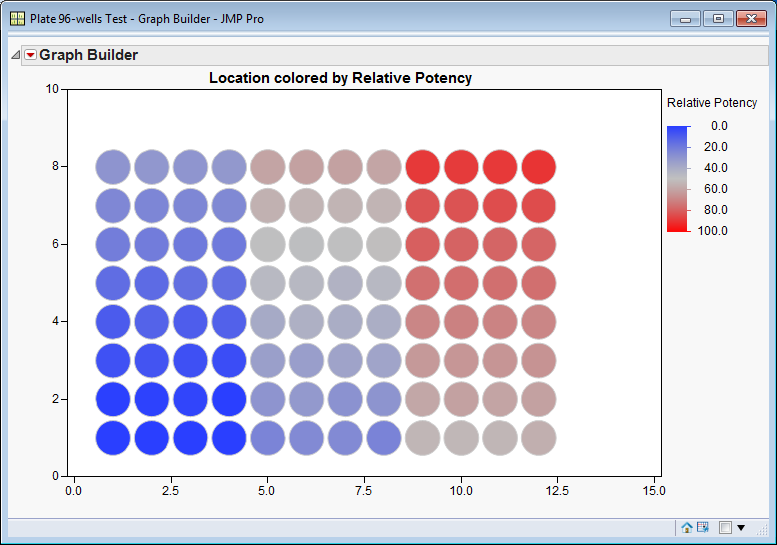

- #Jmp graph builder script to select variables for plot for mac#
- #Jmp graph builder script to select variables for plot software#
Here t is the absolute value of the t-statistic and df is the degrees of freedom. To find an upper-tail area (one-tail p-value) for a t-distribution, select View > Log (Windows) or Window > Log (Mac), type and highlight 1 - t Distribution(t, df), then click Run Script.

For example, ChiSquare Quantile(0.95, 2) returns the 95th percentile of the chi-squared distribution with 2 degrees of freedom (5.991). Here p is the lower-tail area (i.e., one minus the significance level) and df is the degrees of freedom.

To find a percentile (critical value) for a chi-squared distribution, select View > Log (Windows) or Window > Log (Mac), type and highlight ChiSquare Quantile(p, df), then click Run Script.For example, F Quantile(0.95, 2, 3) returns the 95th percentile of the F-distribution with 2 numerator degrees of freedom and 3 denominator degrees of freedom (9.552). Here p is the lower-tail area (i.e., one minus the significance level), df1 is the numerator degrees of freedom, and df2 is the denominator degrees of freedom. To find a percentile (critical value) for an F-distribution, select View > Log (Windows) or Window > Log (Mac), type and highlight F Quantile(p, df1, df2), then click Run Script.By contrast, t Quantile(0.975, 29) returns the 97.5th percentile of the t-distribution with 29 degrees of freedom (2.045), which is the critical value for a two-tail test with a 5% significance level. For example, t Quantile(0.95, 29)returns the 95th percentile of the t-distribution with 29 degrees of freedom (1.699), which is the critical value for an upper-tail test with a 5% significance level. Here p is the lower-tail area (i.e., one minus the one-tail significance level) and df is the degrees of freedom. To find a percentile (critical value) for a t-distribution, select View > Log (Windows) or Window > Log (Mac), type and highlight t Quantile(p, df), then click Run Script.Repeat for other indicator variables (if necessary). Change the name and data/modeling type of the created variable by double-clicking the column heading ( Data Type should be Numeric rather than Character and Modeling Type should be Continuous rather than Nominal). Check that the correct indicator variable has been created in the spreadsheet. Type the values 0 and 1 under New Valuefor the appropriate categories and change\linebreak In Place to New Column. To create indicator (dummy) variables from a qualitative variable, select the qualitative variable and select Cols > Recode.The new variable should appear in the data spreadsheet (check that it looks correct) and can now be used just like any other variable. Examples are Transcendental > Log for the natural logarithm and x y for powers such as 2 ("squared"). In the resulting dialog box, select the variable to be transformed under Table Columns and build the formula using the various operations and functions. To transform data or compute a new variable, select Cols > New Column, type the new variable name in the Column Name box, and select Formula under Column Properties.There is also a Help button in each analysis dialog box. You can access help by selecting Help > Statistics Index, then selecting the topic that you would like help with.If you click on the "selection tool" (the third button from the left at the top of the window that looks like a "+"), you can select the output by clicking on it, and then right-click to Copy so that you can then paste it to a word processor like OpenOffice Writer or Microsoft Word. Output appears in a separate window each time you run an analysis.To relaunch analysis or recall dialog after running an analysis, click the red triangle next to the analysis name at the top of the output window, and select Script > Relaunch Analysis or Model dialog.For Excel spreadsheets, check the box labeled Always enforce Excel Row 1 as labels if the spreadsheet has the variable labels in the first row. You can also use File > Open to open text data files or Excel spreadsheets. To open a JMP data file, select File > Open.If desired, change JMP's default options by selecting JMP > Preferences (Mac) or File > Preferences (Windows).

Getting started and summarizing univariate data
#Jmp graph builder script to select variables for plot software#
Find instructions for other statistical software packages here.
#Jmp graph builder script to select variables for plot for mac#
These instructions are based on SAS JMP 10 for Mac OS, but they (or something similar) should also work for other versions. The numbered items cross-reference with the "computer help" references in the book. These instructions accompany Applied Regression Modeling by Iain Pardoe, 2nd edition published by Wiley in 2012.


 0 kommentar(er)
0 kommentar(er)
